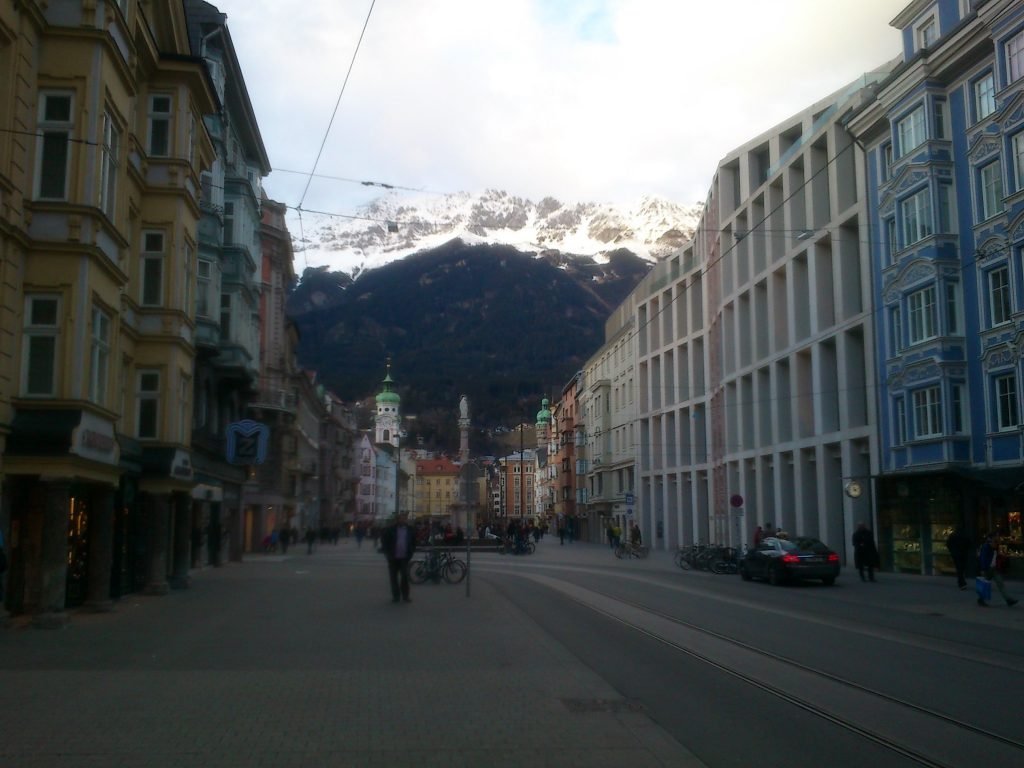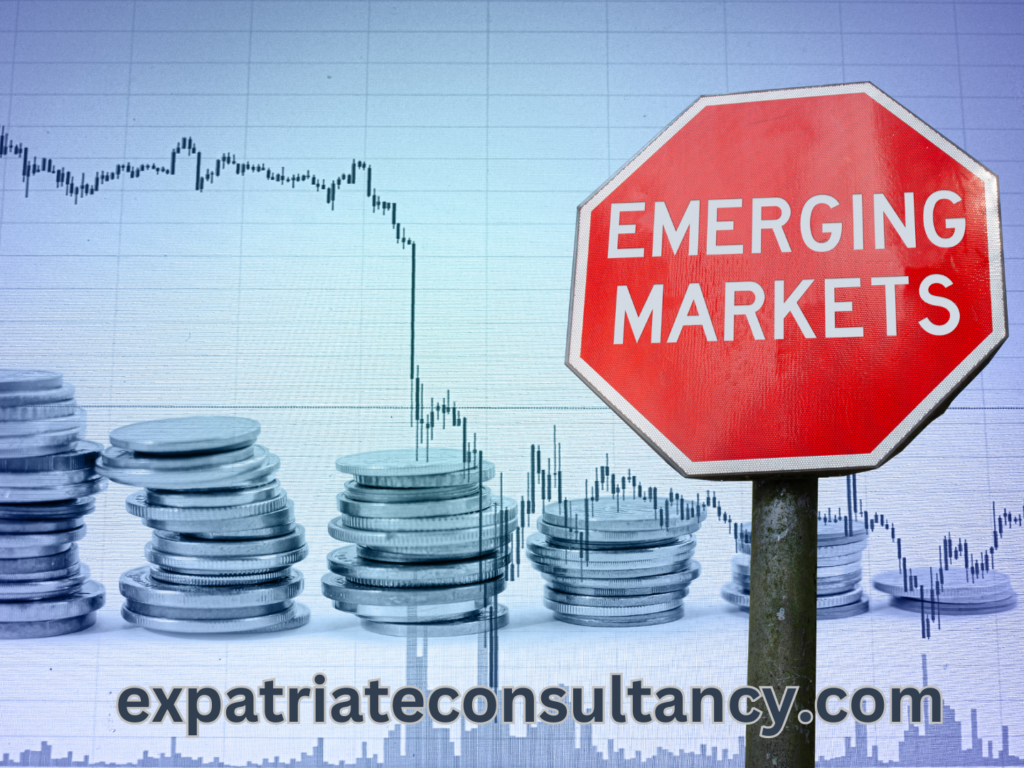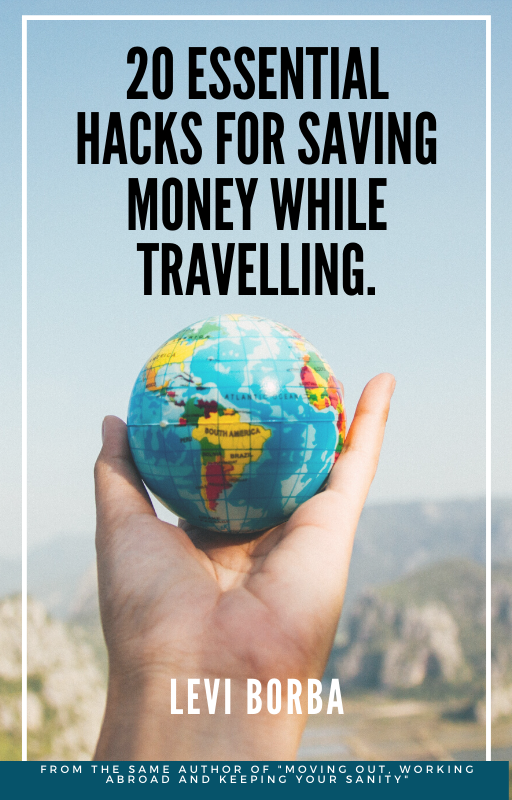Is São Paulo Safe for Tourists, to Take an Uber or to Walk in the Airport? Discover Here.
I had a relative murdered there. Colleagues assaulted. Acquaintances victims of pickpocketing. Many Brazilians moved to Europe due to safety issues. For all those motives, when someone asked me Is São Paulo Safe? , the obvious answer should be a big, bold no, certainly not.
However, this is not my opinion. At least not nowadays.
São Paulo can be considered a safe place. In this article, I will tell you why. Also, in the last paragraphs, I will give you some great tips to avoid thieves in São Paulo.
First things first: São Paulo can be either one of the 26 states of Brazil or the capital of this same state. The city has a population of 12.2 million people. This makes it the largest city of Brazil, and one of the largest cities in the world. There is another article where we wrote about the best Brazilian cities you are interested in living in Brazil.
Only São Paulo state alone has an area equivalent to the entire United Kingdom, and a population comparable to Spain.
It is important to have those dimensions in mind. We must remember that Brazil is a continental country when we talk about violence. While I would classify Brazilian cities like Maceió or Belém as very dangerous, the question is São Paulo safe have a different answer from me:
Yes, it is relatively safe to live there, depending on few conditions.
Below I will list the three main reasons.
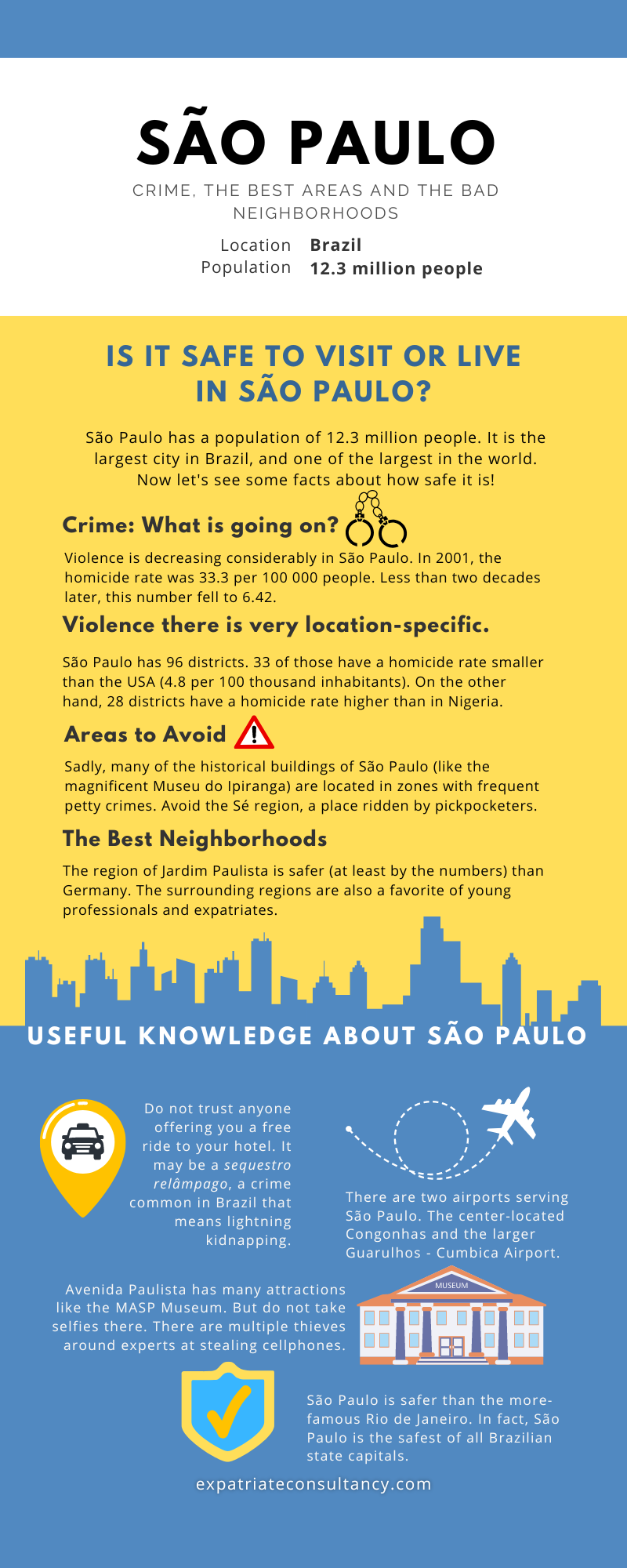
1st – The Violence in Sao Paulo is Very Location-Specific.
When discussing violence, it is vital to identify common factors that explain its prevalence in a certain country, just like we did in this article when focusing on Mexico’s most dangerous cities.
That is also the case of this part of Brazil.
São Paulo (the capital city, not the state) has 96 districts. 33 of those districts have a homicide rate smaller than the USA (4.8 per 100 thousand inhabitants).
On the other hand, 28 districts have a homicide rate higher than in Nigeria.
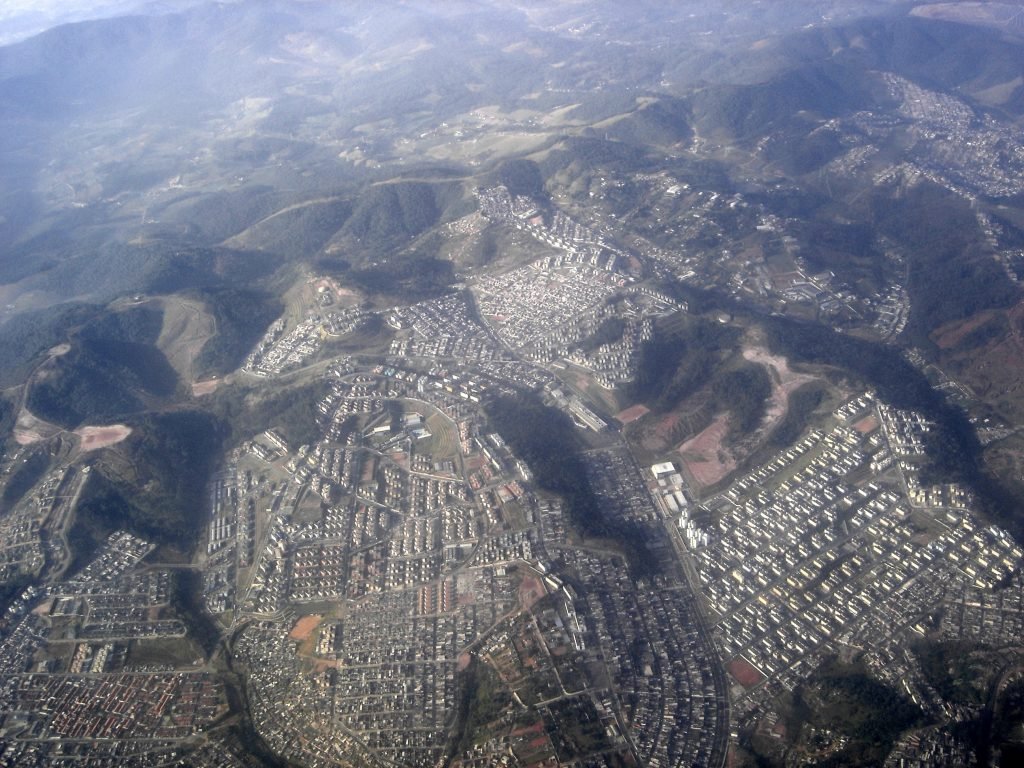
Some districts, like Jaçanã, are more violent than Mexico (although some cities in Mexico, like Guadalajara, are relatively safe). Capão Redondo, a district of São Paulo with 275 thousand people, had 51 homicides in a single year. To put it into perspective, Madrid, the capital of Spain, a city with over 3 million residents, had only 34 homicides in 2021.
On the other hand, however, certain districts of European capitals like Athens may present a prevalence of petty crimes higher than the safe districts of São Paulo. So in the end, location is an important factor.
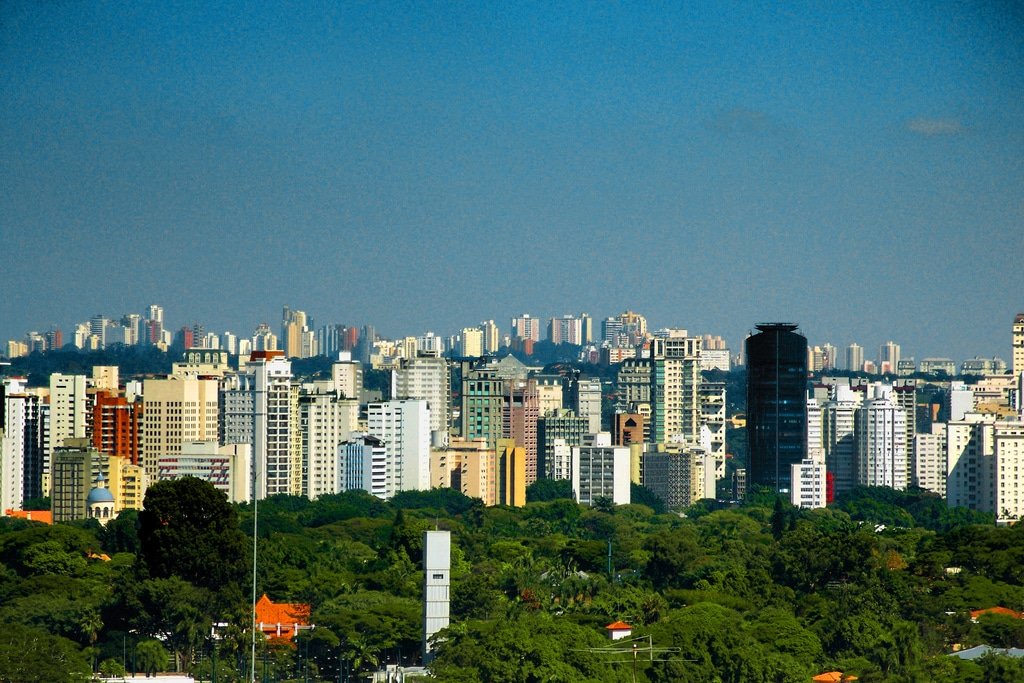
Other districts, like Jardim Paulista, are safer than Germany.
Probably the reader is guessing, correctly, that those enormous discrepancies have their origin in income levels and the presence of law enforcement. This may lead to the following conclusion:
If near one-third of the districts are super-dangerous, then it is dangerous to live there because people need to go to different parts for different reasons!
This is not entirely true. São Paulo has plenty of traffic jams. Enough to rank among the cities with the worst traffic in the world. Over the years, the city bypassed this problem by developing a peculiar way of urban organization.
Every district of São Paulo works like a mini-city, having nearly everything you need. This makes it unnecessary for someone to go out of his neighborhood frequently and face gigantic traffic jams.
I lived in São Paulo, in the western region (more specifically, in the Butantã district, where is USP, a university that receives many foreigners to study in Brazil). Never had been to any of the violent Zona Leste (eastern zone) districts, except those closest to the center like Tatuapé. I was once in a very dangerous district in the extreme south, but only because I took the wrong bridge when crossing the Pinheiros river.
If you ask people who lived there their whole lives, chances are their stories will be similar. Most of the time they spend in their neighborhood and adjacent districts. I am not saying this is good. This kind of social segregation is bad in the long term. However, I am just stating a fact: You will not need to cross dangerous districts frequently unless you live close to one.
Read Also: Don’t be a target – Investigating the most deceptive scam methods used in Brazil in 2023.
2nd – The Violence is decreasing in São Paulo. Everywhere.
It is a difficult task to define the reasons behind endemic violence in a country like Brazil. It is equally difficult to list the reasons behind sharp falls or rises in criminality across extended periods.
I am not going to do that here, but just state a fact:
Violence is falling in most states of Brazil consistently for already some years. In São Paulo state this delinquency reduction is even sharper.
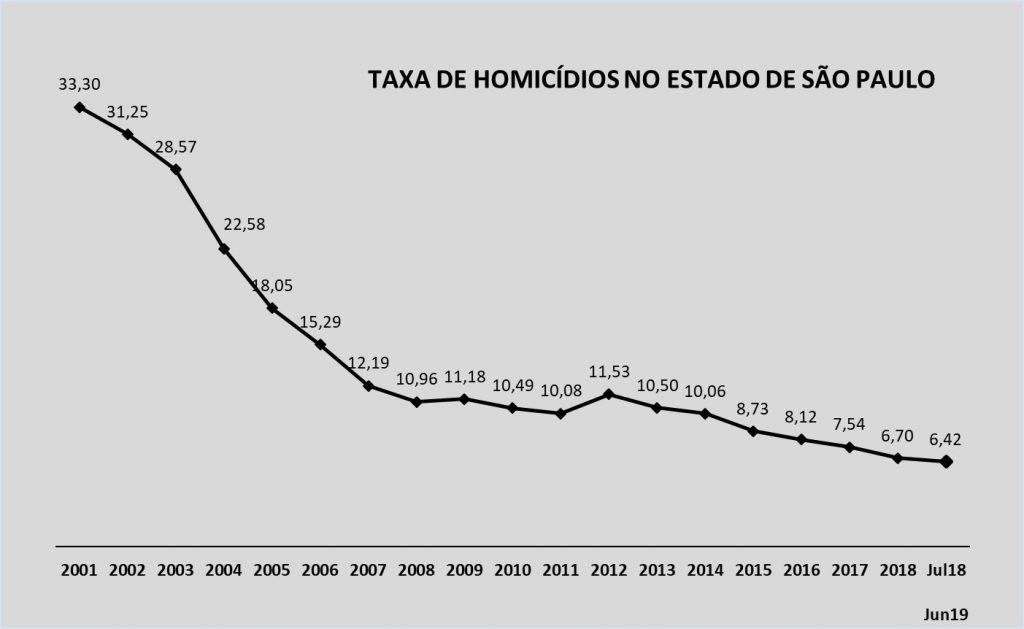
In 2001, the homicide rate of São Paulo was 33.3 per 100 000 people. Less than two decades later, this number fell to 6.42.
To put this into perspective, in 2001 São Paulo had a murder rate similar to Mexico. Now it is just a little above the USA.

The fall in criminality is not only about homicides, but in other crimes as well. It is also not restricted only to specific regions, but widespread. The chart above is about the ABC region, metropolitan cities of the São Paulo conurbation. Even though it is in Portuguese, you can see crimes like latrocínio (robbery + murder) decreasing 58% in the first semester of 2019 compared to the previous year.
Read also: Is London Safe? Here What Journalists Don’t Tell You
3rd – There are ways to dodge most of the risks.
While there is not a 100% efficient system to avoid thieves and other crooks, most of the Paulistanos (people from São Paulo) already mastered the daily habit of not becoming a victim.
More details on this can see in one of the chapters of my book Budget Travelers, Digital Nomads & Expats: The Ultimate Guide: 50 Tips, Tricks, Hacks and Ways. You can also check this article I wrote for Medium about some of those tricks.
Things like not exposing cell phones in the central region, not using expensive photographic machines publicly, or having a dummy wallet.
Sadly, many of the historical buildings of São Paulo (like the magnificent Museu do Ipiranga) are located in zones with frequent petty crimes. A common accessory of people in the Sé region (a place ridden by pickpocketers) is the pochette (sort of a money belt). It makes you look fat but is great to keep your documents and cards safe.
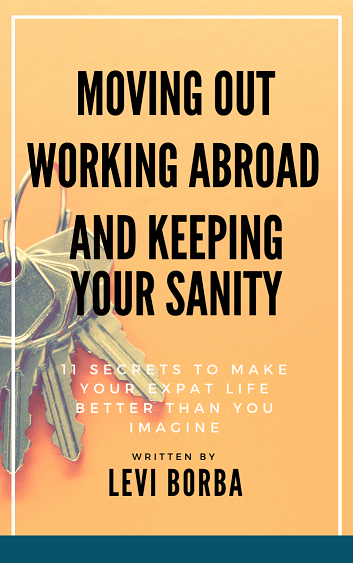
Is Uber in São Paulo Safe?
After Uber entered the São Paulo market in 2013, many people expressed concerns about potential safety issues. After all, part of the Uber experience is complete strangers taking you to your destination. Many people are still hesitant about riding Uber in São Paulo. There are some precautions to take, but overall Uber is still very safe.
The bigger problem with Uber there is are the frequent ride-cancellations from drivers, something they do when the course does not pay enough. Cancellations are more common with the cheapest versions of Uber (like UberPromo) and very rare with services like UberBlack.
Top 5 popular tours in Sao Paulo on a Budget (Below $99)
🚲 See the highlights of São Paulo on this 3.5-hour bike tour that includes stops at key sites such as the impressive Theatro Municipal, the Pateo do Collegio, the Catedral da Se, and others.
🍷 Explore the heritage (and tastes!) of colonial culture on this tour to São Roque, where you can enjoy local wine and traditional cuisine (I love Bacalhau).
🍹 Discover the bohemian and artistic side of São Paulo (and the most famous Avenida in Brazil) by touring the Vila Madalena and Avenida Paulista with local guides.
🍲 Enjoy local food (and drinks!) on a gourmet tour across the trendy neighborhood of Pinheiros.
🐒 Meet the jungle on this trail tour across the Cantareira Park, where you can see splendid waterfalls.r, accumsan sed rutrum vel, dapibus et leo.
São Paulo and Rio de Janeiro: Which Brazilian city is safer?
According to the Atlas da Violencia, Sao Paulo has a homicide rate of 13.2/100 000 inhabitants. This is nearly one-third of the homicide rate from Rio de Janeiro (35.6/100 000). Other violence indicators like robbery, assaults, or kidnappings also show that Sao Paulo is safer than Rio. Sao Paulo, nowadays, is almost as safe as Buenos Aires.
| Homicide rate in Brazilian Capitals (2019) |
| 1. Fortaleza (CE) – 87,9 |
| 2. Rio Branco (AC) – 85,3 |
| 3. Belém (PA) – 74,3 |
| 4. Natal (RN) – 73,4 |
| 5. Salvador (BA) – 63,5 |
| 6. Maceió (AL) – 60,2 |
| 7. Recife (PE) – 58,4 |
| 8. Aracaju (SE) – 57,4 |
| 9. Manaus (AM) – 55,9 |
| 10. Macapá (AP) – 54,1 |
| 11. Boa Vista (RR) – 48,9 |
| 12. Porto Alegre (RS) – 47,0 |
| 13. São Luís (MA) – 46,9 |
| 14. Goiânia (GO) – 40,7 |
| 15. Teresina (PI) – 39,4 |
| 16. João Pessoa (PB) – 38,9 |
| 17. Porto Velho (RO) – 36,0 |
| 18. Rio de Janeiro (RJ) – 35,6 |
| 19. Palmas (TO) – 33,5 |
| 20. Vitória (ES) – 30,6 |
| 21. Florianópolis (SC) – 30,0 |
| 22. Cuiabá (MT) – 28,8 |
| 23. Belo Horizonte (MG) – 26,7 |
| 24. Curitiba (PR) – 24,6 |
| 25. Brasília (DF) – 20,5 |
| 26. Campo Grande (MS) – 18,8 |
| 27. São Paulo (SP) – 13,2 |
What to Avoid in Sao Paulo
1st – Avoid walking around with your luggage. Wandering around with carry-on luggage, even in the safest districts, is NOT recommended.
2nd – Do not trust anyone offering you a free ride to your hotel. It may be a sequestro relâmpago, a modality of crime common in Brazil that means lightning kidnapping. Criminals offer rides to people just to force them to withdraw money from the closest ATM and release the victim in the middle of nowhere. Also, watch out for scammers offering transfer services from the airport.
3rd – Do not walk alone at night in the old center of São Paulo, especially in the Praça da Sé neighborhood. Even during the day, if you want to visit that region, we recommend the assistance of a guide (see where to find one below), since you may turn to the wrong street and fall into risky areas like the Cracolândia-a place ridden by drug abusers, gangs and petty criminals.
4rd – Do not take selfies in the Avenida Paulista. There are multiple bicycle-riding thieves around who are experts at stealing cellphones from unaware tourists taking selfies. They will come lightning-fast with their bikes, push the phone from your hand during the selfie, and disappear. If it were not for the fact that they are criminals, I would even clap for such an incredible demonstration of skill.

How to Stay Safe in Sao Paulo
1st – There are plenty of options in terms of luggage storage in São Paulo, so you don’t need to walk around with your carry-on bags. Reliable, convenient, and inexpensive luggage storage services you can find at Radical Storage. However, during the process of luggage storage and circulation, luggage safety cannot be ignored. At this time, a clear and unique luggage tag can effectively prevent the loss or mistaking of luggage.
You can incorporate your personalized information, some conspicuous logos, and unique patterns into the design of the luggage tags. Such Custom Luggage Tags are like the “exclusive business card” of your luggage, allowing your luggage to be recognized at a glance in the crowd.
If you are also preparing to start a journey, you might as well customize such a luggage tag to add a sense of peace of mind to your journey.
2nd – Book a transfer in advance (both from the Guarulhos International Airport or from the Tiete Bus Station) to your final destination. You can use Get Transfer for that.
3rd – If you are visiting places like the center of São Paulo (and there is SO MUCH to visit there!) or Cantareira Park, hire a guide. You can find some amazing guides and tours at Viator. Not only they will give you insider information about historical and natural curiosities, but they will also warn you of risky areas and keep you safe.
4rd – Use a money belt to carry your credit card, documents, etc. In your pocket, leave a dummy wallet with expired cards and small money, in case a robber attacks you (something that shouldn’t happen if you follow all the recommendations above).
5th- (Personal opinion) If you are young (or feel young), stay in hostels in regions like Jardins, Pinheiros, or Vila Paulista. People working in these hostels are used to foreign guests and can offer both safety advice and some great tips on places to sightsee. In this link, I have selected the best districts for international travelers to stay in hostels in São Paulo. You can also look for hotels in Booking.com.
6th – Buy travel insurance that also covers theft-related expenses. Although it is often very inexpensive to purchase such insurance in Europe (even in the most dangerous cities of some European countries), many people ignore this small precaution and end up disappointed. I recommend the company Ekta, which provides some of the most innovative solutions for travelers, allowing you to relax and enjoy your vacation without worry.
7th – Stay in a good hostel. Hostels are usually in the safest parts of the city (at least in Europe and South America), unlike hotels. Most hostels have private rooms that are as comfortable as a hotel, plus a friendly staff to give information. When looking for hostels, I visit Hostelworld and filter for those above grade 7.
Conclusion: Is São Paulo, Brazil, Safe?
Going against the common belief that everywhere in Brazil is dangerous, I would answer the question Is São Paulo Safe? With yes, it is.
It is safer compared to most regions in Brazil, and even in Latin America. It is also relatively safe if you live in half of the districts and do not wander in the other half. But the best news is: São Paulo is getting safer year after year, continuously, for decades already.
Surely Sao Paulo is not among the best cities for expatriates and remote workers to live in (but Florianopolis, in the state of Santa Catarina, is). Also, if you want to travel to a large, lusophone city to learn Portuguese, maybe Lisbon in Portugal is a safer choice.
Besides, like anywhere in South America, the place has some weird laws. Still, one can enjoy life and take benefit of some things that are cheap in Brazil.
Check also:
Is Rio de Janeiro Safe? The reality about how safe is Rio de Janeiro is not what you imagine.
Subscribe to my articles (for free) and receive the digital book 20 Essential Hacks for Saving Money While Travelling.
Author: Levi Borba, former RM specialist for the world´s greatest airline, co-founder of Nearby Airport Hostel Warsaw, and author of the book Moving Out, Living Abroad and Keeping Your Sanity. You can check some of his articles here.

